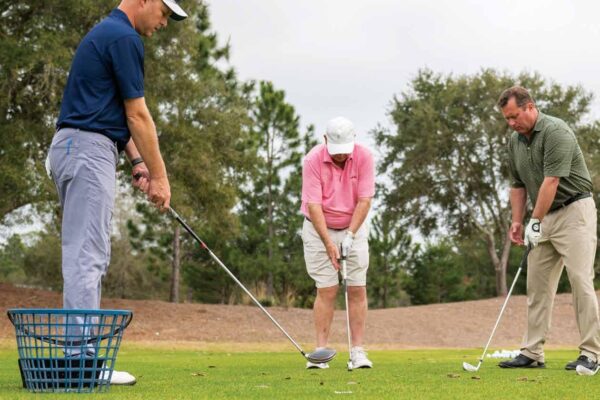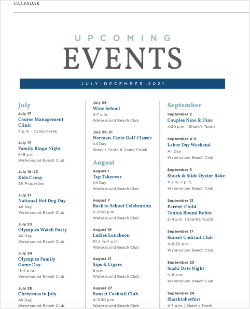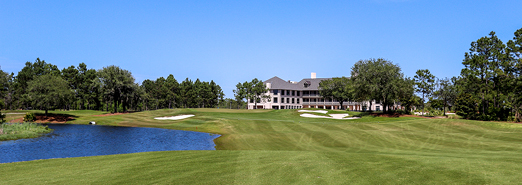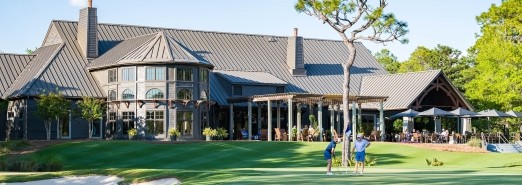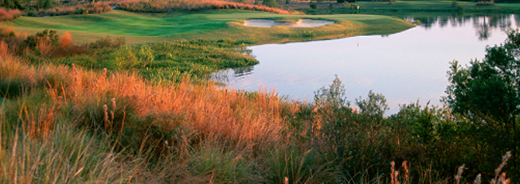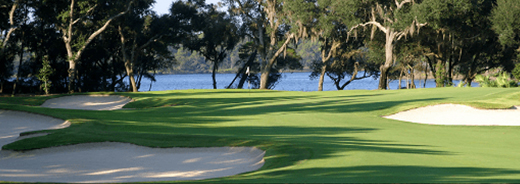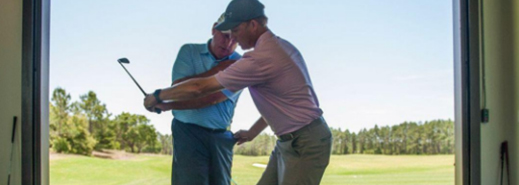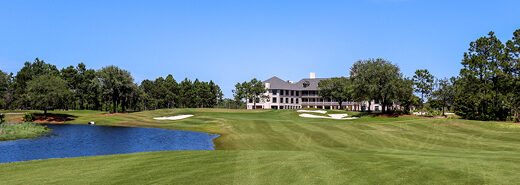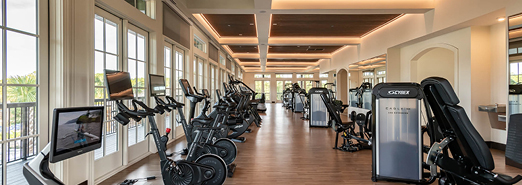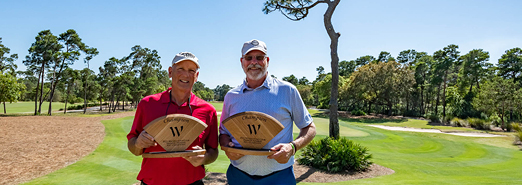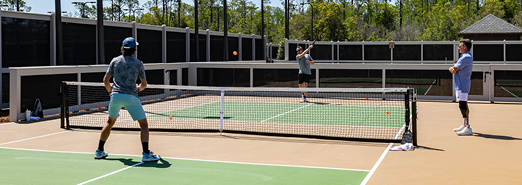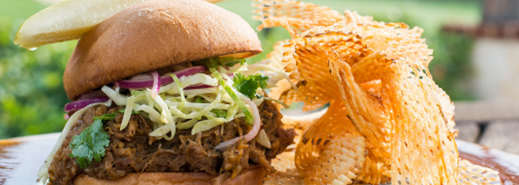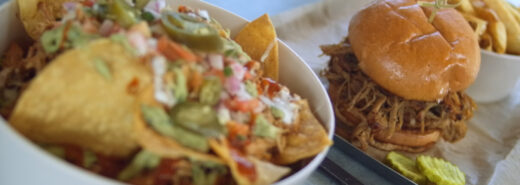Tips from the Pros – Ball Striking
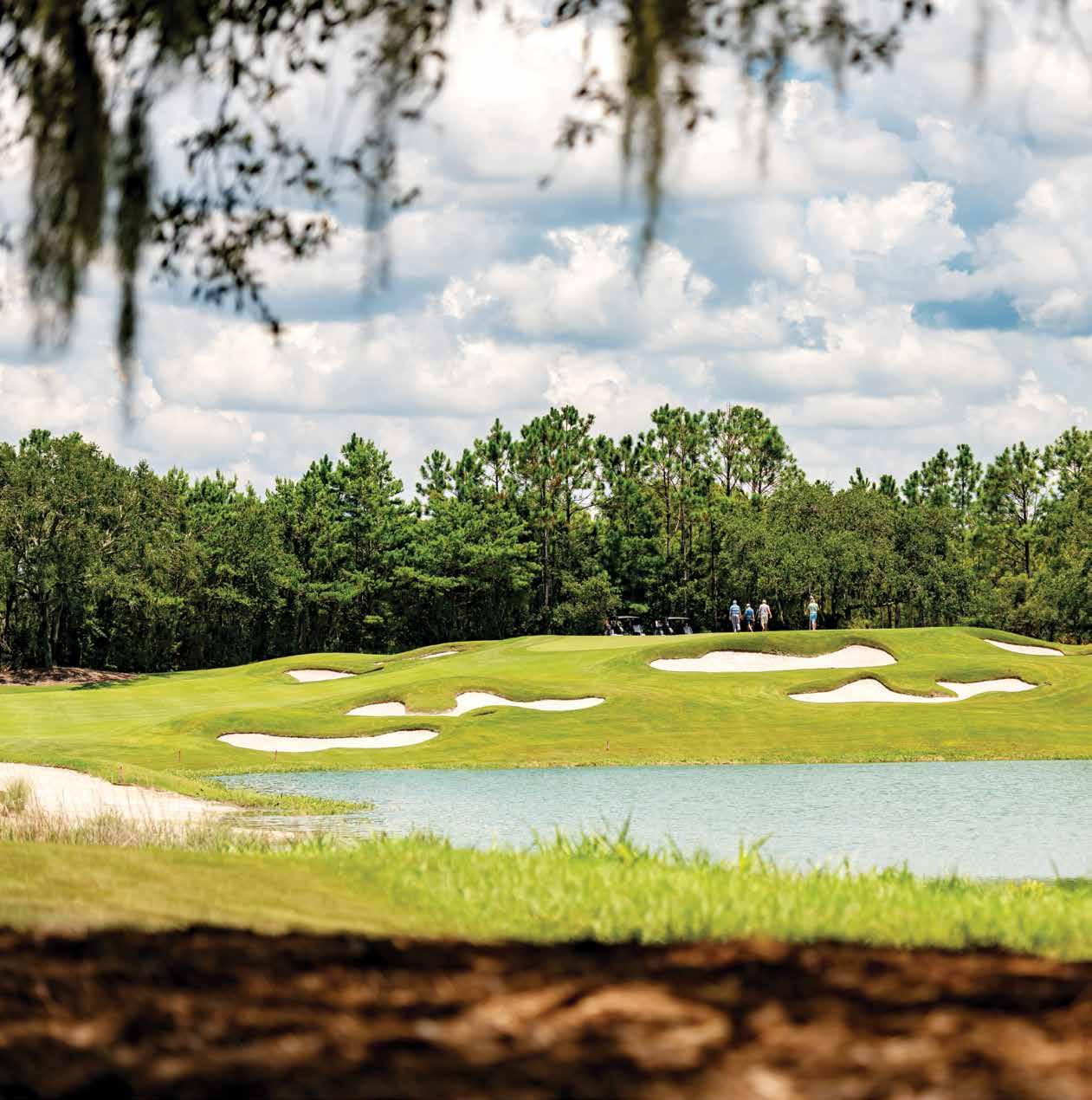
Ball Striking: What’s Required for Success?
Written By Ben Blalock
The term “ball striking” refers to the golfer’s ability to routinely send the ball toward the target at the proper direction, distance and trajectory. Good ball strikers are those players who retain this skill week after week and season after season. Of course, some days are better than others, but these golfers don’t need to get lucky to move the ball from tee to green with consistency and predictability.
If you feel like you need luck to get your shot in the fairway or on the green, incorporate the practice drills below to begin improving your ball striking.
CENTER CONTACT
Making contact with the center of the clubface is always the goal on full swings. Striking on the heel or toe, shanking, topping or chunking shots is less efficient and definitely less fun. The two drills listed below will help you make center contact more often:
1. INSIDE TEE AND OUTSIDE TEE
If contact on the club toe or heel is your challenge — shanks are just extreme heel contact — do this:
> Place two golf tees in the ground on the driving range tee, or backyard, so that they are in a line and perpendicular to the target line. They should be about 2½ inches to 3½ inches apart and at the same height.
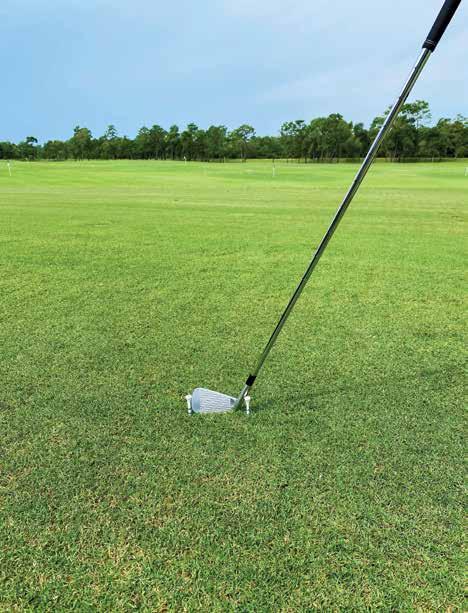
> If you hit the toe, adjust your stance and posture so that you are in place to hit the closer of the two tees. Now swing and strike the farthest of the two tees. Repeat 25 times.
> If you hit the heel, or shank, adjust your stance and posture so that you are in place to hit the farthest of the two tees. Now swing and strike the closer one. Repeat 25 times.
> Lastly, hit some iron shots at a comfortable level of effort and speed.
2. CLIP THE TEES
If you struggle hitting behind the ball or topping or thinning the ball, do this:
Stage 1:
> Grab a handful of tees — you might need 20–25.
> Place five tees in a line perpendicular to the target line. Each tee should be placed at a shallow depth so that the tee itself is sitting rather high out of the ground. If you use club tees with the stripes painted on them, allow three stripes to be above the level of the grass for this first stage.
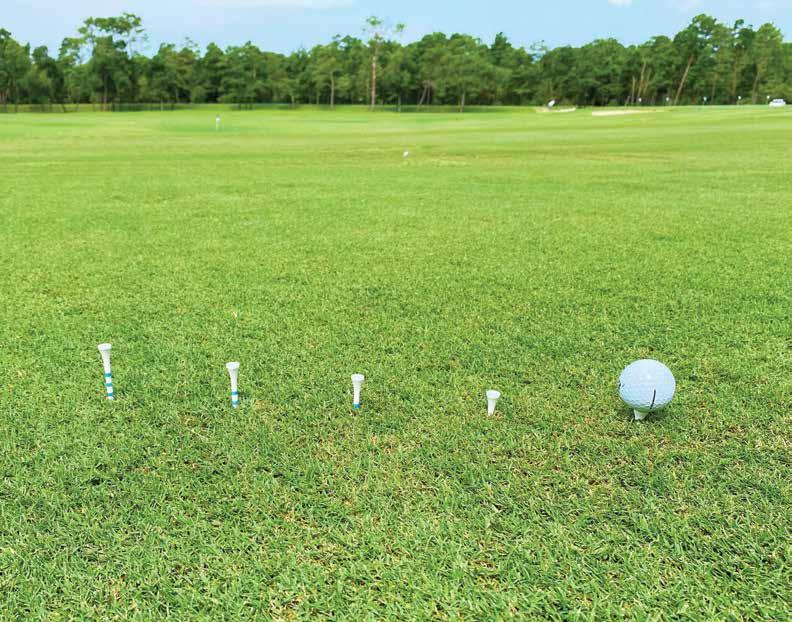
> Begin by addressing the tee at the far left of the line if you’re right-handed, vice versa if you’re left-handed.
> Make a real, full size and speed swing with the goal of striking the tee only — no grass — and repeat until each tee has been struck. Should you have a mistake in which you hit the ground or miss the tee, start over. If you encounter continuing struggles, reduce the effort that you’re using for the swing until you find success. Once complete, move on to the next stage.
> Stage 2: same drill, but with two stripes showing above the grass.
> Stage 3: same drill, but with one stripe showing above the grass.
> Stage 4: same drill, but with no stripes showing above the grass.
> Stage 5: same drill, but with no stripes and a ball sitting on top of the tee.
> Stage 6: normal shots.
Creating center contact on every swing will go a long way toward improving your distance and trajectory on full swings, but you need to know how to practice. As with any practice routine, just thinking about practice isn’t actually practice! You’ll need to carve out some time to spend working on these concepts. In most cases, tendencies within the golf swing are stubborn and take a long time to change permanently. The best players in the world know this to be a fact, and they practice accordingly.
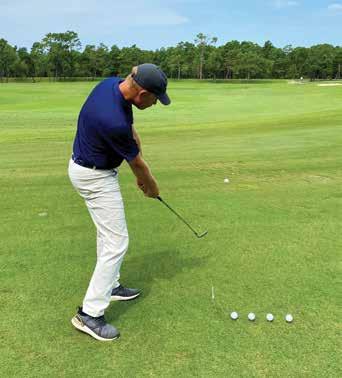
Professional male and female golfers share a certain mentality. They try to:
> Practice the strengths of their game every day and play the game in a way that plays to those strengths.
> Check in on regular challenges every day in practice; but ignore them when they play.
In the next issue of Watersound Lifestyle, I’ll outline methods to improve your ability to control the direction of your full-swing shots.
If you’d ever like personal guidance on your game, I’m here and eager to help. Please reach out via email at Ben.Blalock@StJoe.com, or call (850) 231-6442 to schedule an appointment at the beautiful, new Camp Creek Golf Performance Center.
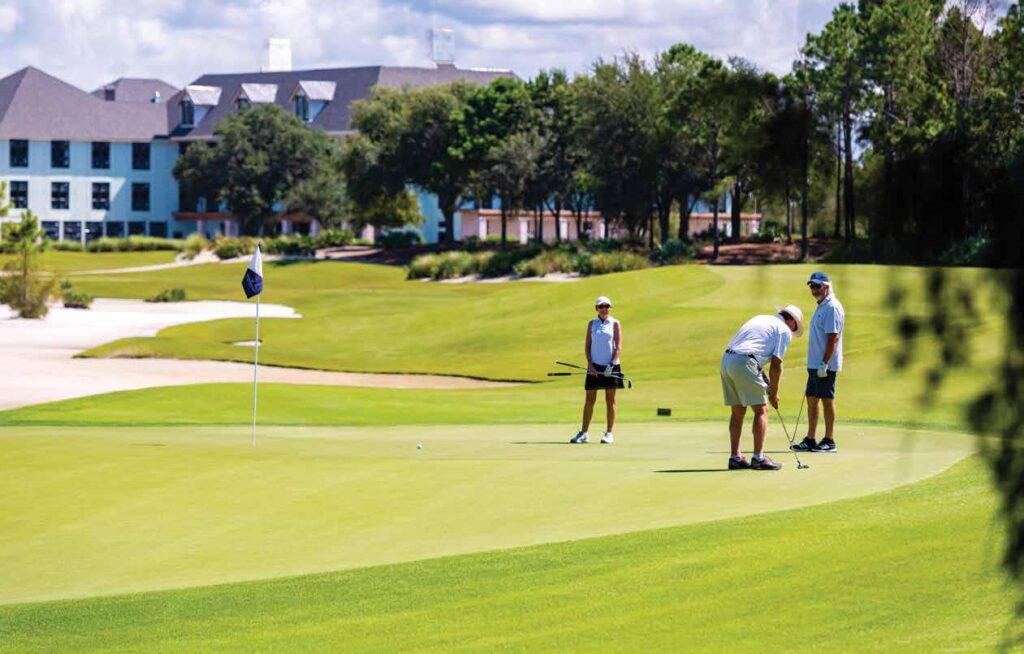

 Shop
Shop Beach Cam
Beach Cam Videos
Videos Request More Information
Request More Information

